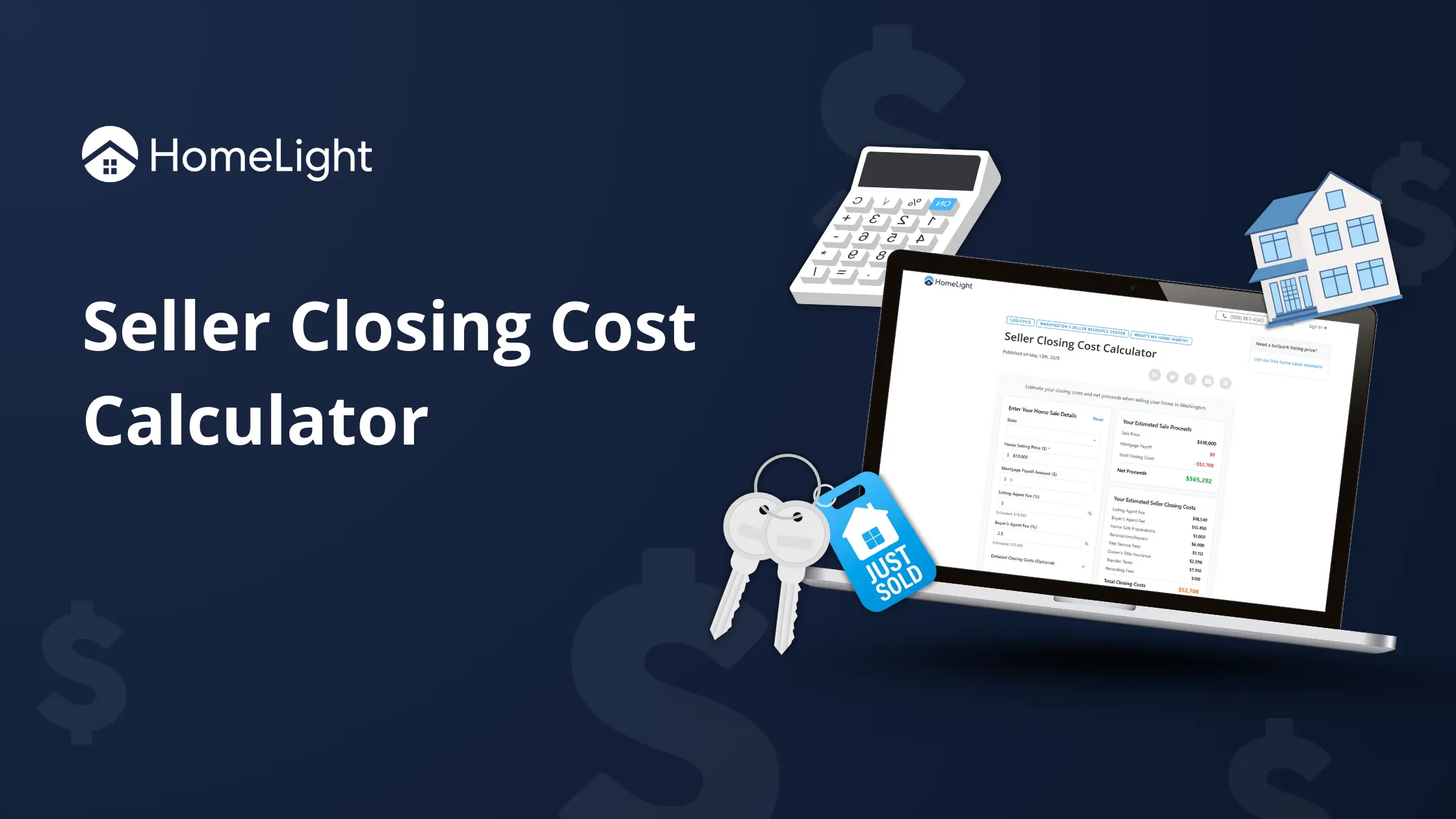
Knowing how real estate transfer taxes work is essential when selling your home in Suffolk County. Transfer taxes are fees levied by local or state authorities when property ownership changes hands. The rates can differ significantly based on location and impact your overall costs. This guide will explain how transfer taxes work in Suffolk County, breaking down what you can expect to pay and who is responsible for the Suffolk County transfer tax. Additionally, we will highlight possible exemptions for which you may qualify. State or local governments levy real estate transfer taxes when property ownership is transferred from one individual to another. According to the Federal Trade Commission, these taxes are due when the title to a property, essentially the document that confirms your legal ownership, is officially passed to a new owner. The amount you owe in transfer taxes can vary significantly based on the property’s location. Different states, counties, and cities can establish their own rates and regulations for these taxes. Transfer taxes primarily serve as a revenue source for local and state governments, supporting various public services and infrastructure projects. In Suffolk County, generally, the seller is responsible for paying transfer taxes in New York, although this is always mandatory. In New York state, the buyer or the seller can be on the hook for transfer taxes, provided it is specified in the sales agreement. Otherwise, it will fall to the seller.What are transfer taxes?
Who pays for transfer taxes?



